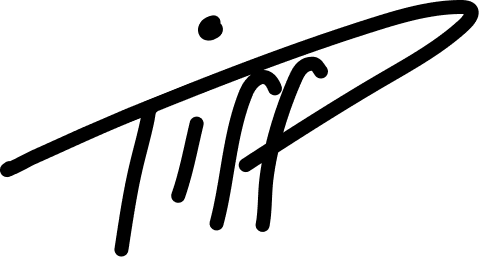TWITTER: CREATE SITE REDESIGN
AEM Authoring
Formerly media.twitter.com, a 200+ page external facing website serving as an educational platform for content creators using Twitter products. The project was to rethink this website by refreshing the visuals and apply foundational UX thinking to better serve their customers.
Goals
Revamp old site with improved UX, site architecture, new brand look and accessible designs
Migrate all content into the new system to improve back and front end
Ensure quality end results by building a product that actually matches proposed design
Educate and empower internal teams so they can have more control over their site and be a part of the design process
Leverage new and existing components based off customer research
My role
Help wireframe the entire site - almost starting from scrath
Provide design system support and consultation
Owned the technical exploration of the proposed designs within the technical framework
Build, test, iterate with brand design and business owners to push the boundaries of what can be accomplished with what we had
Be the bridge that connects the gap between design & technology
Lead AEM author of all templates, components and styling
HIGH QUALITY RESULTS
“This is hands down the best use of our system I’ve seen. We’re setting the gold standard with these designs.”
– Lead Digital Producer
DESIGN, BUILD, ITERATE
Overcoming limitations
My primary role on this start to finish project was to fill the gap between design & technology. Serving as lead technical designer (system and component expert) and main builder of designs within our CMS platform (AEM). My intent was to work smarter not harder, leading efficient workflow processes and owning stress testing of all designs to ensure the highest quality within our technical framework. Essentially, how can we do the best with what we’ve got.
-
UNDERSTAND
Research was conducted by a third party, revealing that customers were generally confused how to navigate the site to find what they were looking for, often defaulting to the search function. It was also unclear the breadth of product offerings and resources available on the existing website.
From an internal perspective, there were also complaints that historically, designs handed off in Figma weren’t fully represented once it was implemented in the CMS, rendering lower quality work than what was expected.
DEFINE STRATEGY
Now that we understand the challenges, we can formulate goals that address the pain points.
Rearchitect site taxonomy and structure
Define a templated approach to page designs and establish the component patterns within them
Refresh visuals that can be executed in our framework
IDEATE
Now that we have goals, we can strategize tasks that support these goals.
Rearchitect site taxonomy
Focus on navigational component options.
Define a templated approach to page designs and establish the component patterns within them
Audit current pages and wireframe out new page structures and user flows
Expose deeper level linking across the board, offering more browseable options
Include new tagging component that is setup on the backend but can be represented and reused on the front end as a core component (can be used on other sites as well)
Refresh visuals that can be executed in our framework
Establish spaces and areas within the new wireframes where assets have the biggest impact. Direct other designers on image optimization best practices and nuances to our components
EXPERIMENT
Prototype, design, iterate
Rearchitect site taxonomy
Utilize mega nav and label functionality within it
Define a templated approach to page designs and establish the component patterns within them
Support deep linking with current components (secondary nav, chapters/anchor, dynamic cards)
Include clickable tags on articles, search results and dynamic grid components
Refresh visuals that can be executed in our framework
Breakdown and categorize spaces in Figma, narrowing best practices for image size and ratio, thinking about scalability and mobile renditions
Working in parallel as the Figma grew, I would start doing actual page builds using our existing components and stress test our ideas in layout as well as rigorous image testing. From my findings, I would create asset documentation and share any funny technical findings to the team. This allowed for close relationships and design system enhancements with engineering.
For example, I discovered outdated colors and styles on mobile versions of certain navigational components, missing hover/focus states for core buttons, strange bugs or rendering issues on grid pages. My goal was to stress test but also discover any gaps that weren’t consistent with our intended designs and use these prototypes to share progress with stakeholders.
BUILD & TEST
The great thing about building in parallel with design is that finalizing the project can go much faster. You can spend much more time refining and focusing on quality assurance.
-
Very closely with our digital producer, engineering, internal partners, external agencies, program managers, brand design
-
I love to play. Build. Experiment. Design systems are great. But what I really care about is the final execution and design sensibility around a finished product. You can have the best system on the universe but if you can’t execute on it, build it, none of it matters.
I love building things. On and off the screen. And making incremental improvements over time to make things better.





